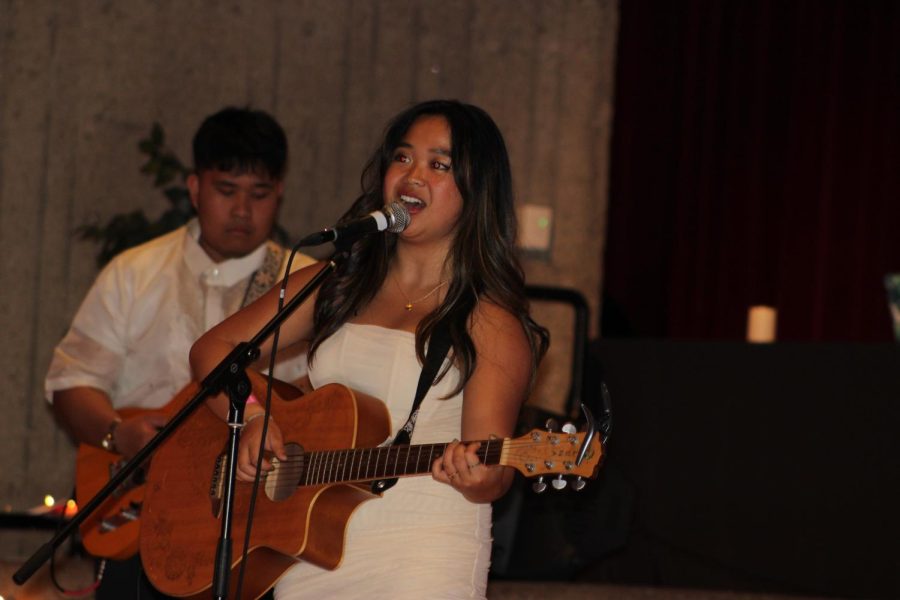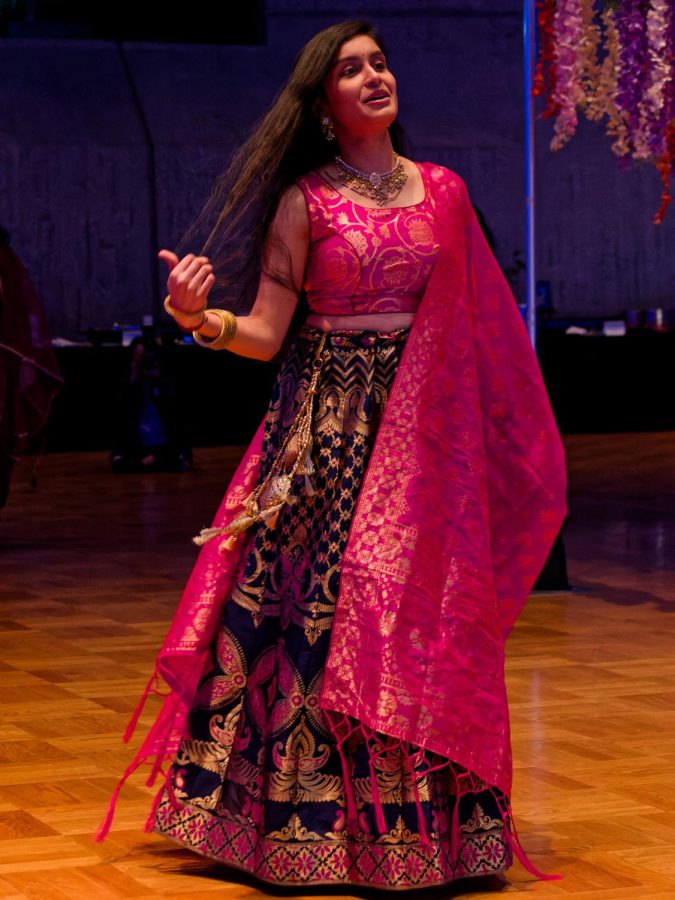
Due to policy changes by the Department of Defense [DoD], over 14,000 assignment opportunities will soon be open to women in the U.S. Military, according to an article recently published in USA Today.
According to the Department of Defense, women may be assigned to active component positions that fall under the Air Force, Army, Marine Corps, and Navy.
University of Massachusetts Senior and member of the UMass Reserve Officers’ Training Corps [ROTC], Mark Haggan, called the policy change a great change. .He said he knows women have been in combat before and have done great things for their country, and he is happy to see that they will now get the recognition they deserve.
“I think it’s good that now they’re going to be put in the spotlight … even though they’ve been doing it for years,” said Haggan. “There have been maybe 300 women that have died in Iraq and Afghanistan. So it’s good now that they’re getting the notation for it.”
The DoD states that enlisted occupations closed to female soldiers include specialties in infantry, engineering, mechanical, artillery as well as to positions in units below the brigade level that have direct ground combat.
ROTC members Mary Porzio and Shelby Brimmer said they do not feel directly affected by these restrictions as neither intended to be running in the front lines of duty.
“I knew physically I wouldn’t be able to contribute as much as men would be able to,” said Porzio.
Brimmer said infantry is not for her, but she knows plenty of female soldiers that would be physically capable if given the chance. At UMass’ ROTC, the only inequalities Brimmer sees are among the physical standards each gender is held to. Every week ROTC has physical training tests where the male and female members are held to different standards.
Brimmer would like to see both males and females held to the same physical standards.
“I’d rather get a worse score but have it be the same. Because even if you max the P.T test at the female standard, it may be really high but there’s that feeling you know, ‘okay cool, I did really well’ but nobody’s going to take it seriously because they know the standards are lowered,” she said.
The ROTC program of UMass’ 2011-2012 academic year consists of 63 total members, eight of which are women. Porzio and Brimmer did not find this number to be a surprise.
“I think it’s pretty proportional to the army as a whole. I don’t think it’s extremely low,” said Brimmer.
Approximately 5.04 percent of UMass’s ROTC is assembled by women, a small yet comparable number of women in the service today. According to the DoD, women constitute an estimated 14.5 percent of the 1.4 million Active Component military personnel.
Out of all 1,266,562 Active Component authorizations of the 2011 fiscal year, 21 percent of those positions were closed to women.
Although some women are unhappy to see that any positions are closed off to their gender, the number of positions closed to women has been much higher in past years.
ROTC Senior John Stevenson says, “It’s a good small step.”
Stevenson mentioned that he has never witnessed any form of inequalities both in ROTC and during his time for the National Guard. He said when a female officer is present, she is treated with the exact same respect a male officer would be shown.
“ROTC is completely equal. Anything that we do, they [women] can also do, pretty much in any event. There’s nothing that they can’t do that we could. I’ve seen females complete everything that we have,” said Stevenson.
If one day Haggan is to see a woman in the infantry specialty forces with him, performing at top notch in her front line duties, he said he would not mind.
“As long as you do your part, I don’t care who you are,” Haggan said.
Brittney Figueira can be reached at [email protected].










